Slovakia / Slovenská republika – Let’s explore here
What’s it like in Slovakia?
Slovakia is a mostly mountainous and hilly country in central Europe, dominated by the Tatra mountains and the Low Tatras. Because the landscape is so spectacular, much of the country has been given over to national parks. The Tatra mountains contain 29 peaks higher than 8,200 feet (2,500 m) above sea level, and are the highest mountain range in the Carpathian Mountains. The highest point in Slovakia is Gerlachovský štít, at 8,709 ft (2,654m) above sea level.
It’s not a large country – we easily drove its entire width (length) in a day, and it only has a relatively small population, around 5½ million people. It’s been inhabited since prehistoric times, and the country has a long, varied and rich history that’s intertwined with many of its neighbours. It was formerly part of a joint country with Czechia – Czechoslovakia, before becoming an independent country in 1993 after the fall of the Soviet Union.
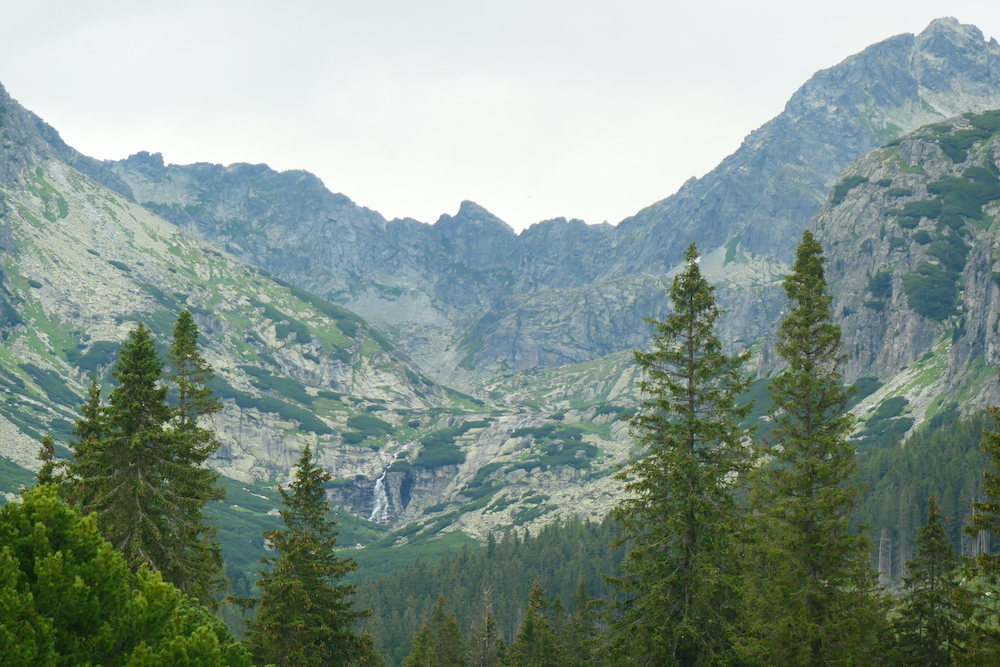
A bit about the history of Slovakia
Early History and the Great Moravian Empire
The area now known as Slovakia has been inhabited since prehistoric times, with evidence of Celtic and Germanic tribes. In the 9th century, the region became part of the Great Moravian Empire, one of the first Slavic states in central Europe. The empire played a key role in the Christianisation of the Slavs through the efforts of Saints Cyril and Methodius. The fall of Great Moravia in the 10th century led to the region becoming part of the Kingdom of Hungary.
Kingdom of Hungary and the Austro-Hungarian Empire
For much of the Middle Ages, Slovakia was integrated into the Kingdom of Hungary, which was part of the larger Austro–Hungarian Empire after 1867. During this period, the Slovak people experienced periods of political and cultural suppression, with many of them being ruled by Hungarian nobility. Despite this, Slovaks maintained a distinct cultural identity, and several uprisings and movements occurred in the 19th century in an effort to preserve Slovak language and traditions.
Czechoslovakia and Interwar Period
Following World War I, the Austro–Hungarian Empire collapsed, and in 1918, Czechoslovakia was formed as a new state, uniting the Czech lands and Slovakia. This union was initially dominated by the Czechs, with Slovaks feeling politically and economically marginalised. However, during the interwar period, Slovakia gained greater autonomy, especially with the establishment of the Czechoslovak Republic in 1939.
World War II and the Slovak State
During World War II, Czechoslovakia was occupied by Nazi Germany, and in 1939, Slovakia became a puppet state under the control of the Nazis. The Slovak State, led by President Jozef Tiso, was aligned with Nazi Germany, although it had limited independence. After the war, the country was restored to Czechoslovakia, and Tiso was executed for his role in the collaboration with the Nazis.
Communist Era
After World War II, Czechoslovakia became a communist state under Soviet influence, following a coup in 1948 that brought the Communist Party to power. Slovakia was part of this socialist state, and its economy and political system were aligned with Soviet policies. The period was marked by political repression, censorship and economic challenges. Despite this, Slovakia saw some industrialisation and modernisation during the communist era.
Czechoslovak Split and Independent Slovakia
The collapse of the Soviet Union in the late 1980s and the subsequent Velvet Revolution led to the end of communism in Czechoslovakia. Tensions between Czechs and Slovaks over political and economic differences grew in the early 1990s. In 1993, after a peaceful separation, Slovakia became an independent country, officially splitting from the Czech Republic to form two separate states.
Modern Slovakia
Since gaining independence, Slovakia has undergone significant economic and political transformation. The country implemented market reforms, privatised state owned enterprises, and joined international organisations such as the European Union and NATO in 2004. Slovakia has seen significant economic growth, particularly in industries like automotive manufacturing, and has become one of the most prosperous countries in Central Europe. Today, Slovakia is a parliamentary republic with a growing global presence, balancing its historical ties with its modern role in Europe and the international community.
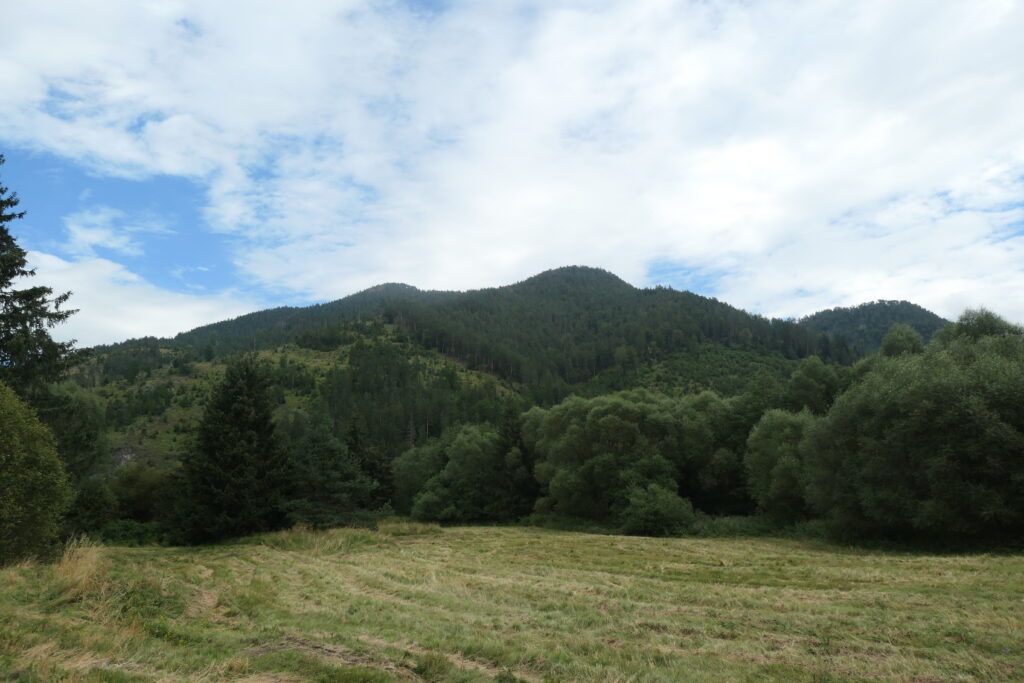
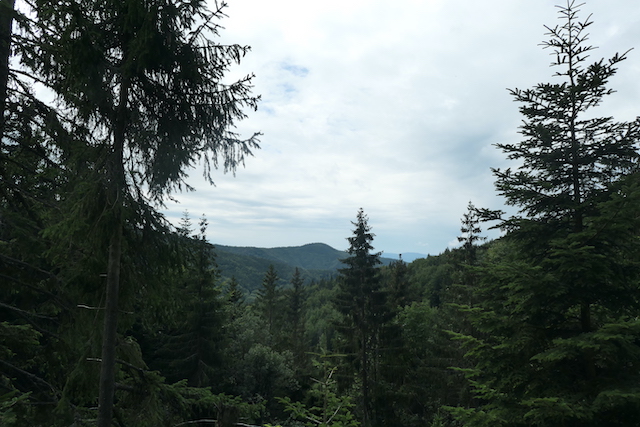
Slovakia road trip
We’ve created a blog for our road trip in Slovakia. You may find it helpful, and you may pick up some tips, or more likely mistakes not to make that we’ve made 😉, including how not to get involved with the police first thing in the morning! Our Slovakian road trip was part of a much larger European road trip.
Central Slovakia
On our Slovakian road trip we travelled from from Český Krumlov in Czechia to Banská Bystrica – a pretty town in the centre of the country, avoiding all of the toll roads – an 8 hour journey though some wonderful countryside. Banská Bystrica is a lovely town, bustling with life, and full of history. We stayed over in the lovely ski resort, Donovaly, driving along excellent serpentine roads in the mountains and forest.
The mountains
We then moved on to the Tatra mountains again – the opposite side from Morskie Oko in Poland. the Tatras are less dramatic on the Slovakian side, but at the same time, this makes them better suited to tourism and lakeside hotels. The whole area was really lively, with hikers, walkers, people enjoying picnics around the lakes, people boating.
Castles
There are lots of castles in Slovakia, and you pass many of them when driving along the main roads. One of the best examples I Spis castle, which wouldn’t;t look our of place in England. It’s in fantastic condition, as so many of them are.
Caves
There are also thousands of caves in Slovakia, and one of the best is an ice cave called Dobšinská. It’s a fantastic day out, and there are loads of great hiking trails in the area too.
Southern Slovakia
Heading south, we drove on to Krásnohorská Dlhá Lúka, which is one of the friendliest place we visited in all of Europe, incredible. Everyone went well out of their way for us – if only everywhere was like that 🙂
The capital
Initially we wanted to visit Košice in the east, and the capital, Bratislava, but the storms prevented this, and we were forced to leave for Hungary. On our way back through Europe, we also planned to drive from Vienna in Austria to Bratislava, as they’re so close to one another, but again, the weather prevented us from doing so. We’ll definitely get there eventually though 🙂
Map of our road trip through Slovakia
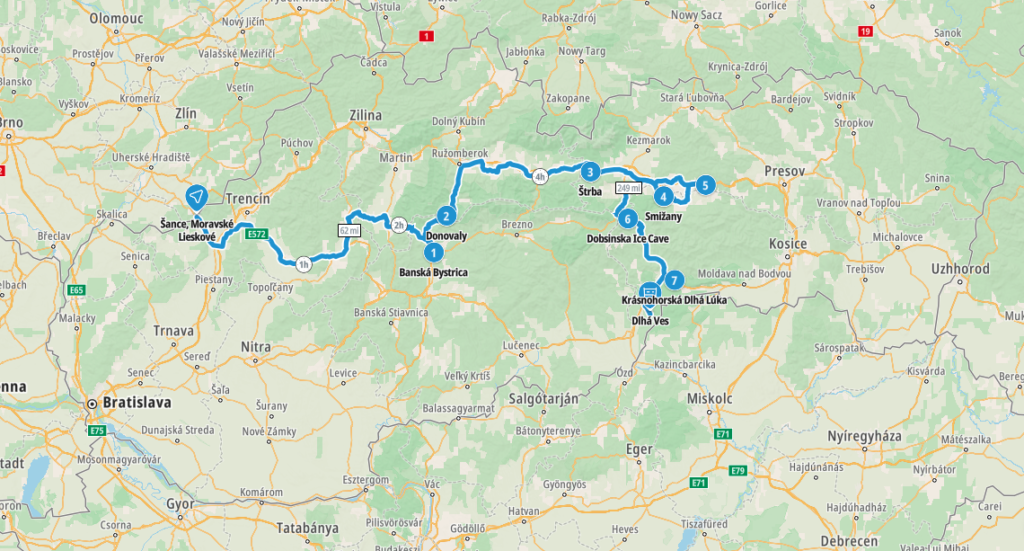
This is a map of our road trip through Slovakia.
Our route took us from Banská Bystrica – Donovaly – Strba – Smižany – Spis Castle – Dobšinská Ice Cave – Krásnohorská Dlhá Lúka.
We really learned a lot about this outstandingly beautiful country, and met lots of people that, again, went well out of their way for us. People really are super friendly in times of need, and indeed all the time, as we’re finding on this trip! 🙂
Our favourite places in Slovakia
These are some of the best places that we explored on our road trip through Slovakia. We’ve put them in alphabetical order.
Dedinky
Dedinky is a very pretty tourist village in east central Slovakia that sits beside beautiful dammed lake and lovely small mountains.

Dobšiná
Dobšiná is a small ex-mining town in central Slovakia, now centred around hiking and tourism stemming from the nearby ice cave.

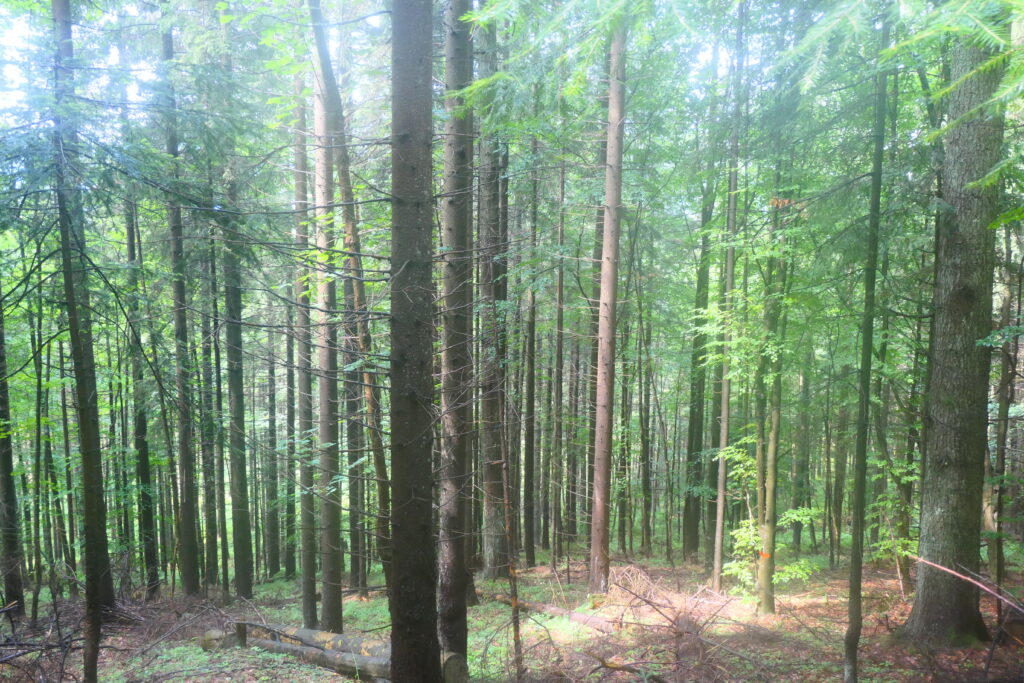
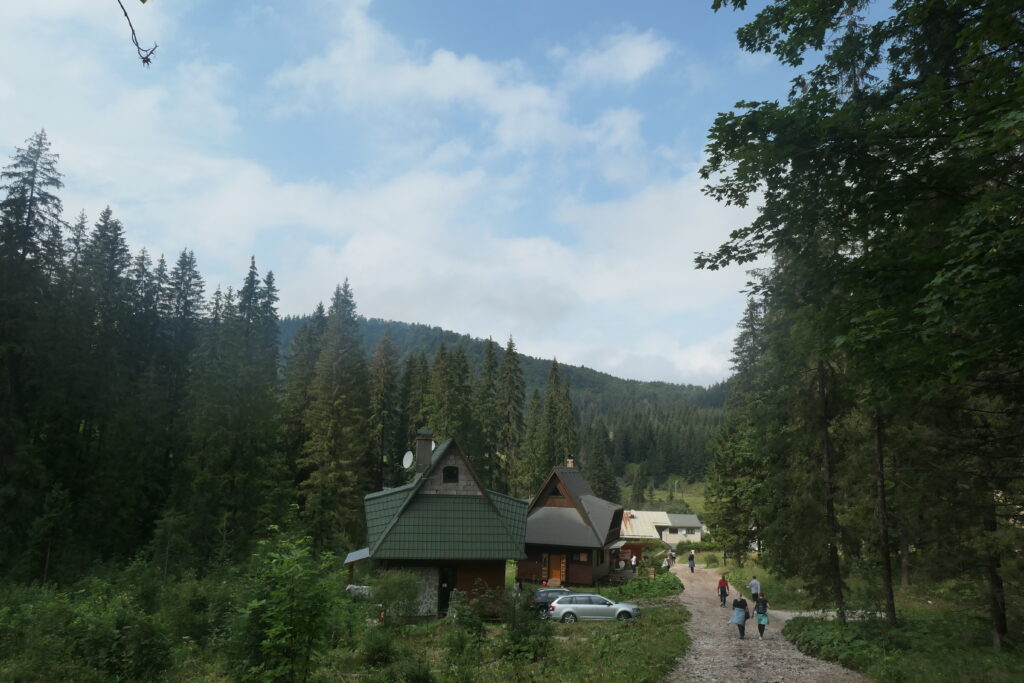
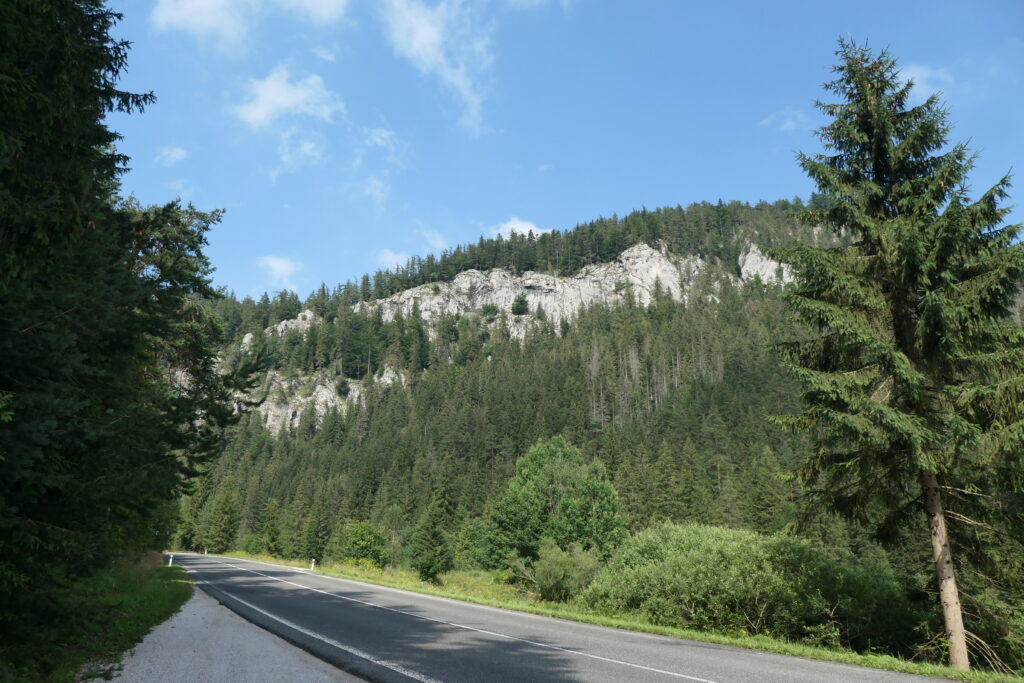
Dobšinská Ice Cave
Dobšinská Ice Cave is located in central Slovakia. As the cave entrance faces North, it never warms much in the summer and rapidly cools in the winter, providing an average annual temperature of 0°C (32°F). The cave is estimated to be around 250,000 years old.
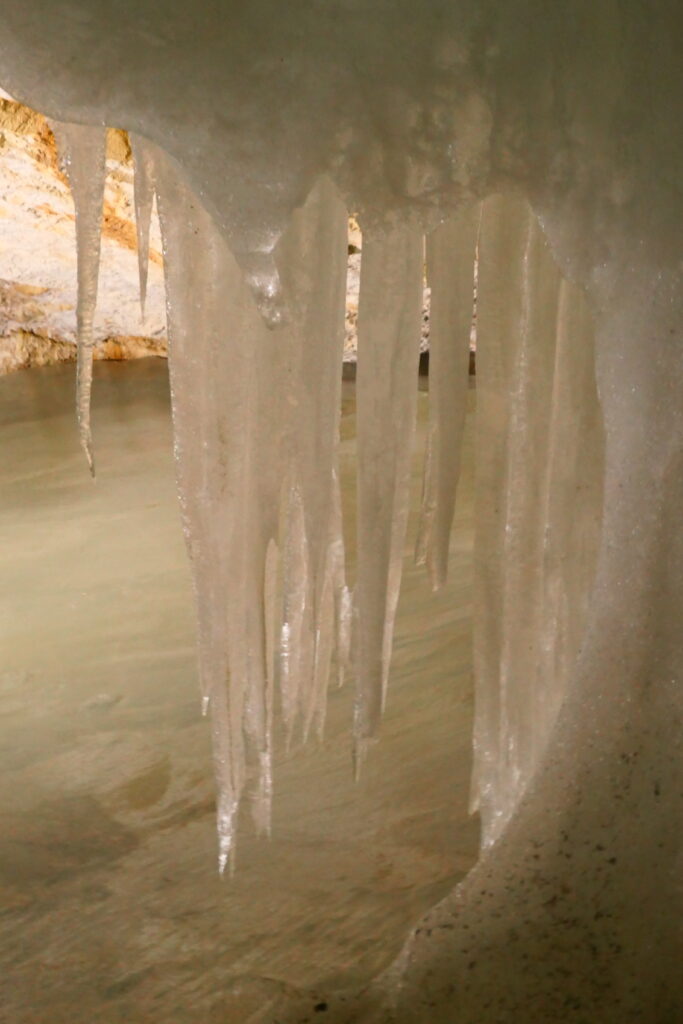
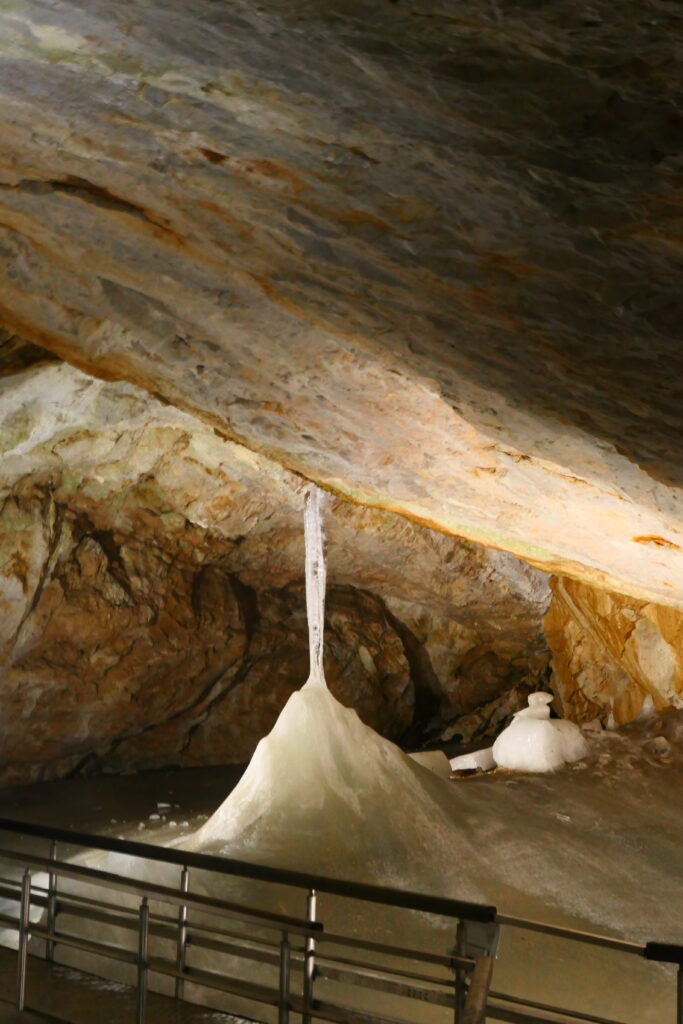
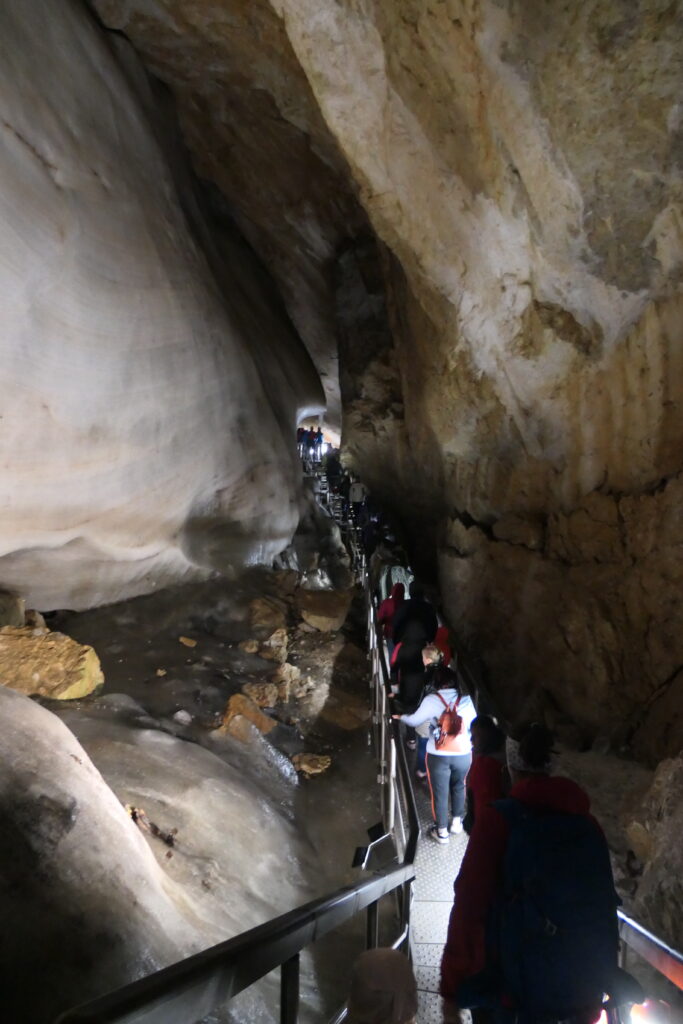

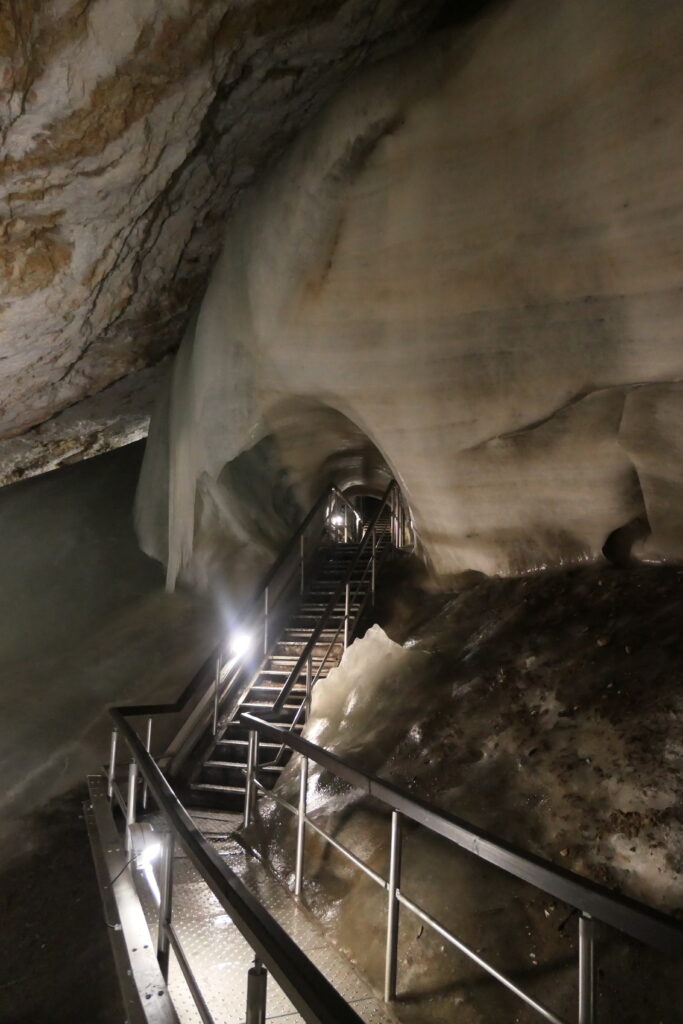
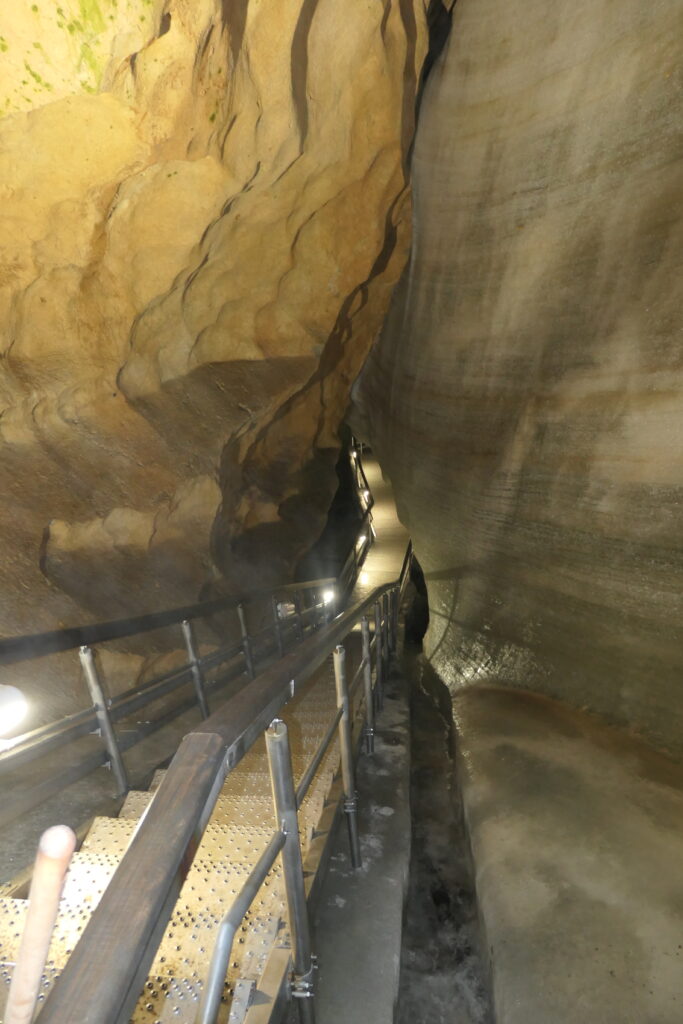
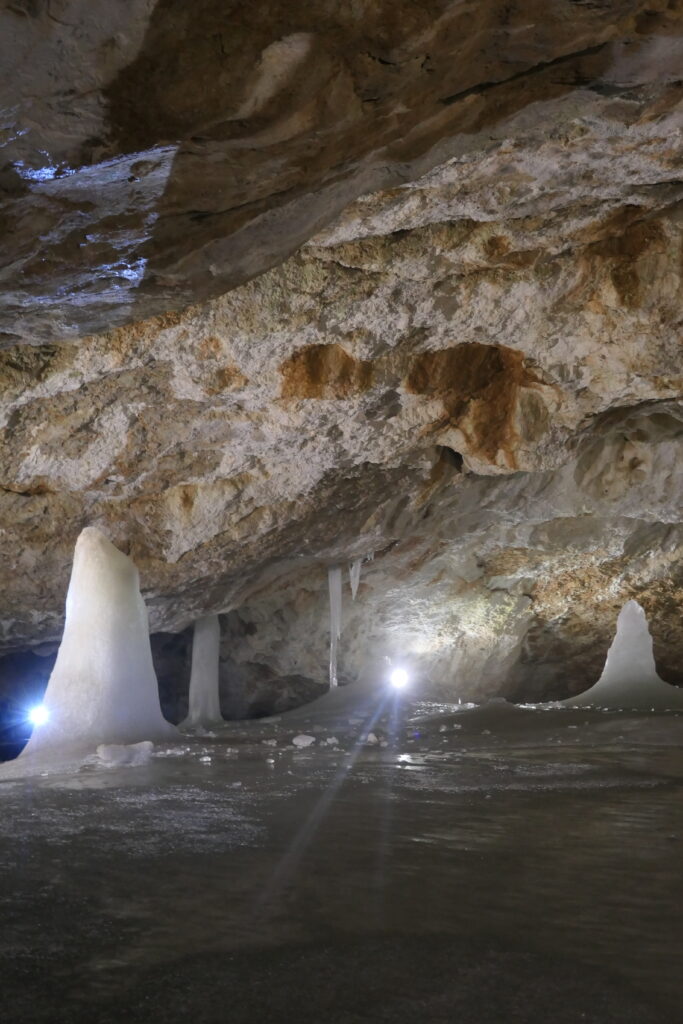
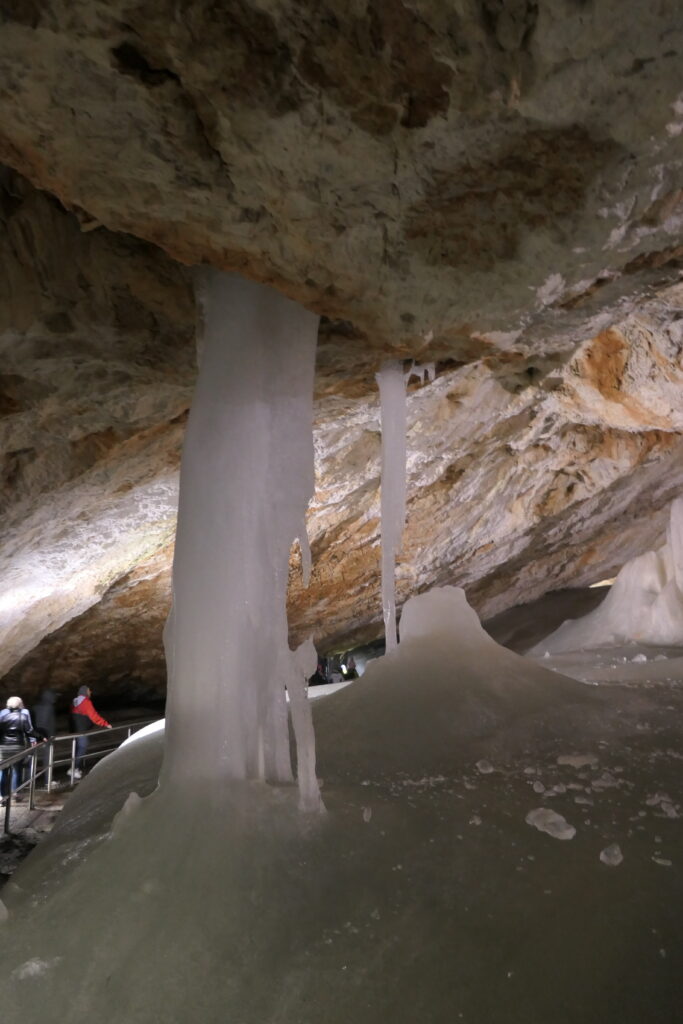
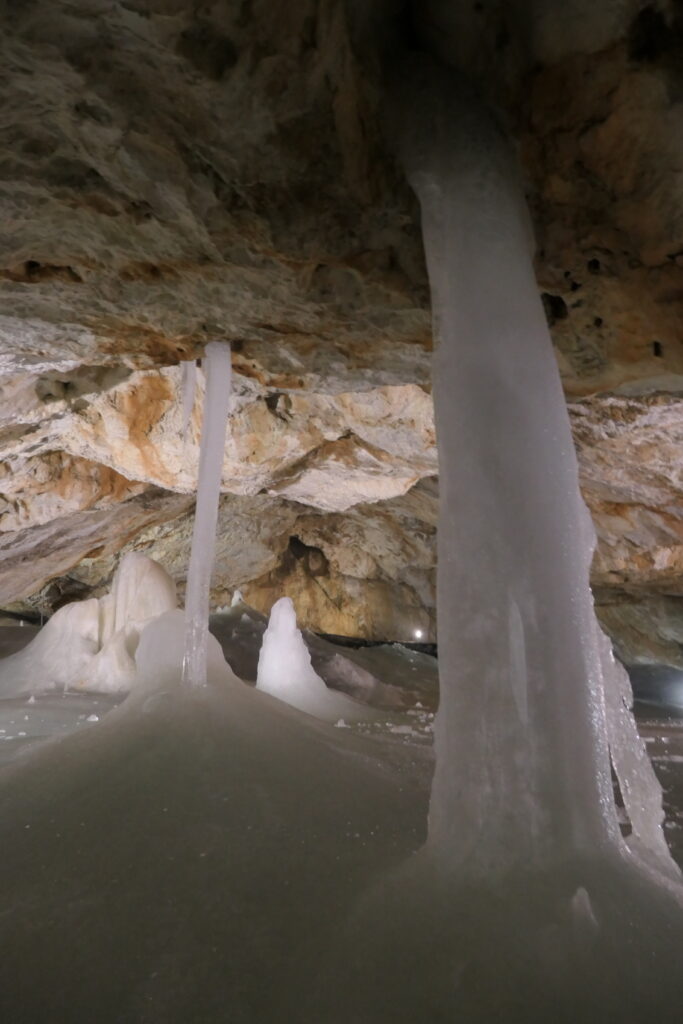
Donovaly
Donavaly is located pretty much bang in the middle of Slovakia. It’s a major ski resort during the winter months and is a lovely place to visit during the off season. It’s located in the Low Tatras National Park, which is absolutely stunning.
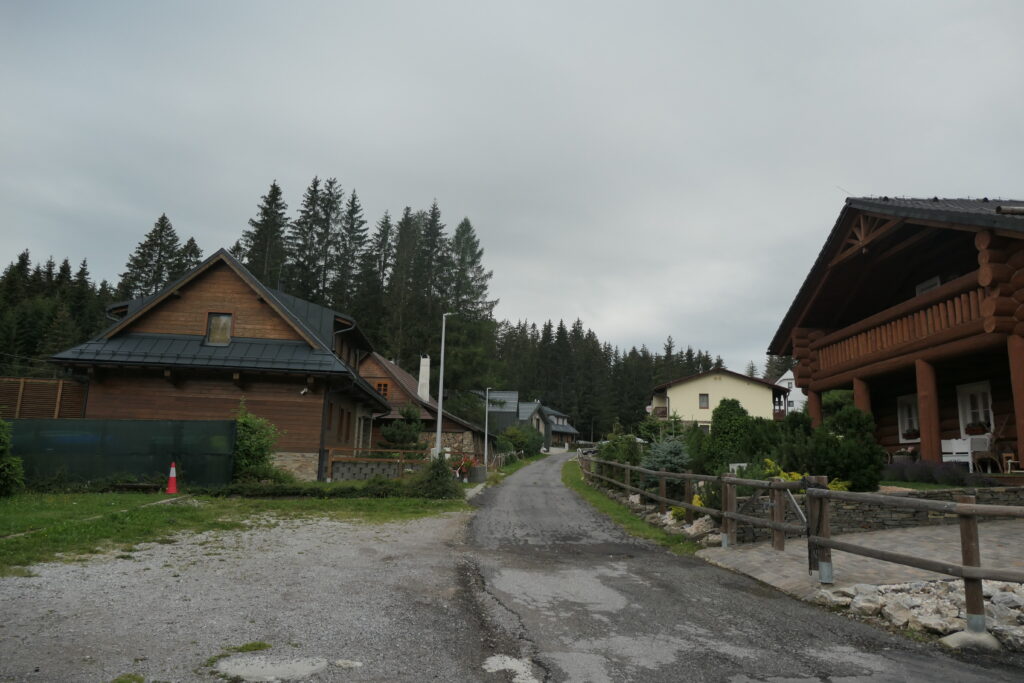
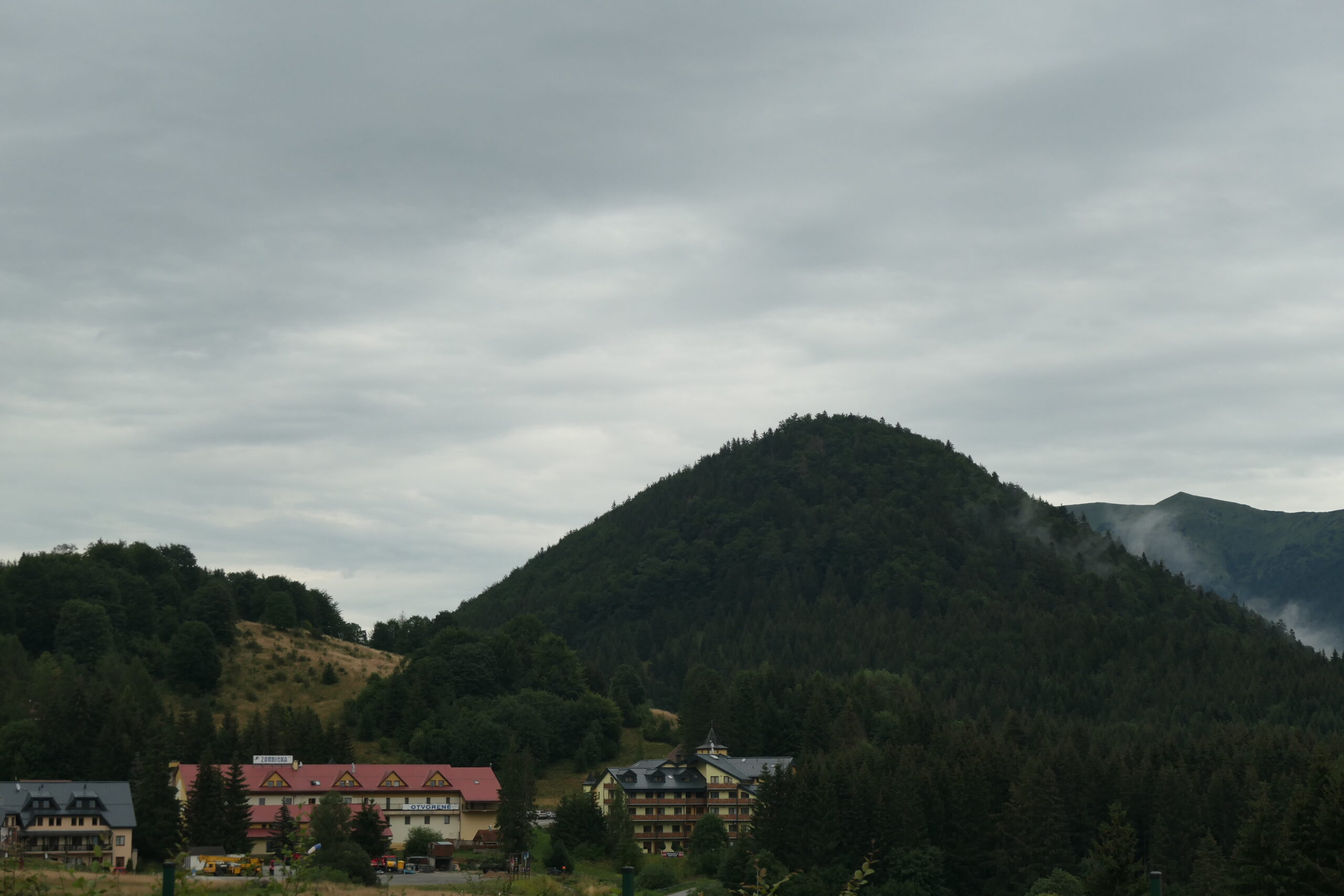
Kurimany
Kurimany is a small, pretty village in north east Slovakia, where the people are super friendly 🙂
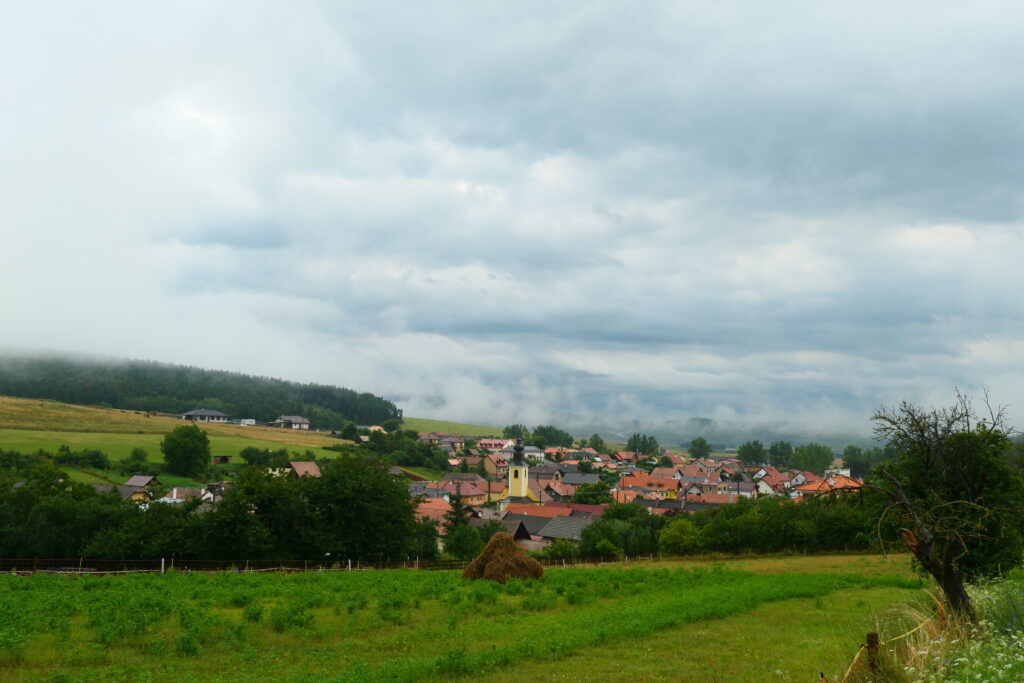
The Low Tatras National Park
The Low Tatras National Park are located mainly in the west and centre of the country. They definitely made the biggest statement in Slovakia in our eyes. Whilst not as massive as the Tatra mountains (see below), the Low Tatras are far more sheer sided, and imposed on your like none others in the country when driving through them. There were some amazing serpentine roads to drive on too because of the shapes of the mountains.
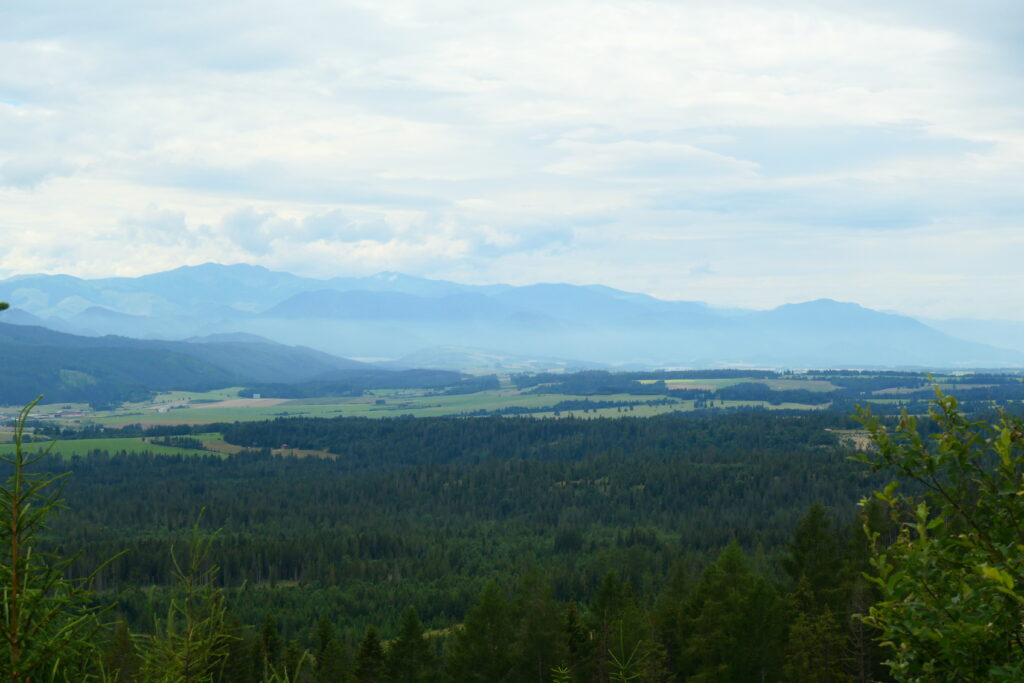
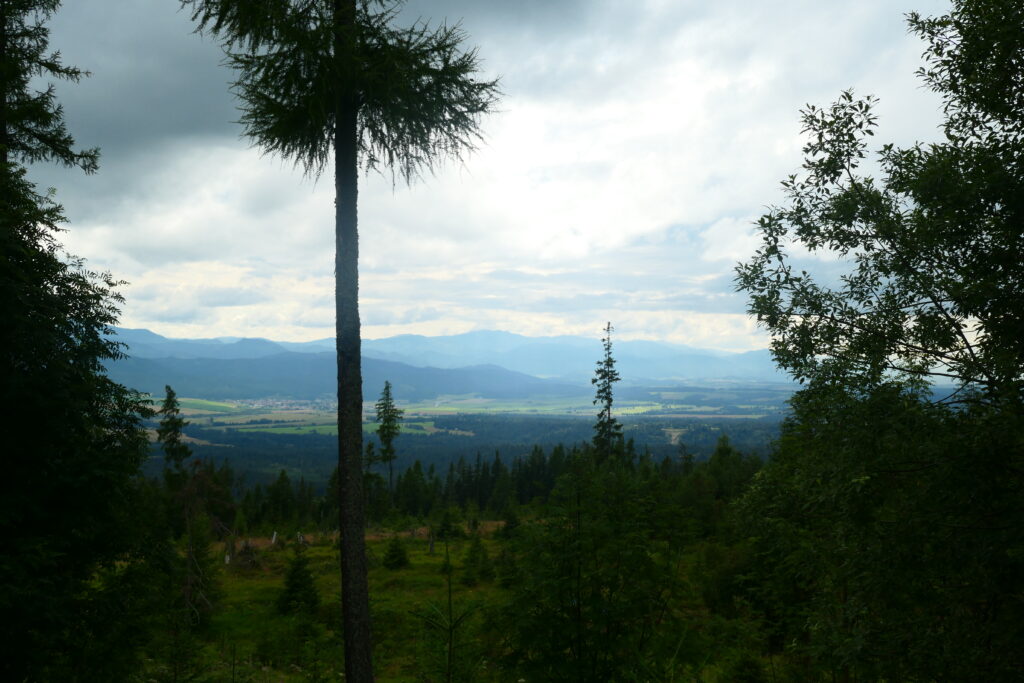

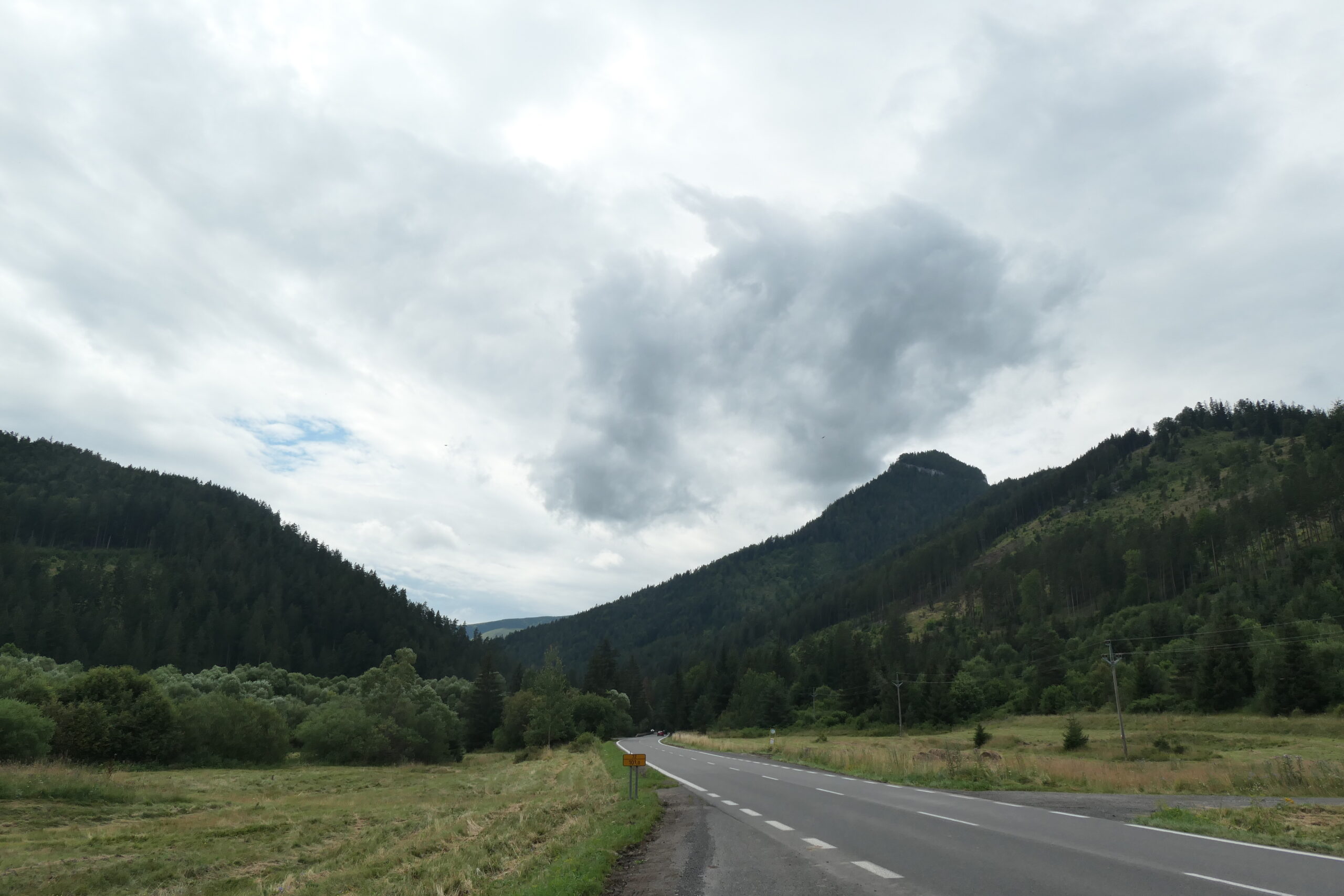


Krásnohorská Dlhá Lúka
Krásnohorská Dlhá Lúka is an incredibly friendly village in south east Slovakia, close to the border with Hungary. Whilst it doesn’t have the most imposing or dramatic scenery, Krásnohorská Dlhá Lúka is certainly the most chilled area of Slovakia that we visited – save for the storms! There’s low lying forested mountains and castles in the area, and the people were second to none in friendliness terms!
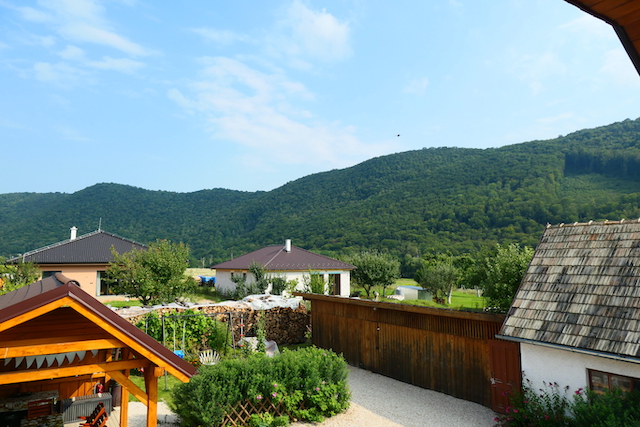
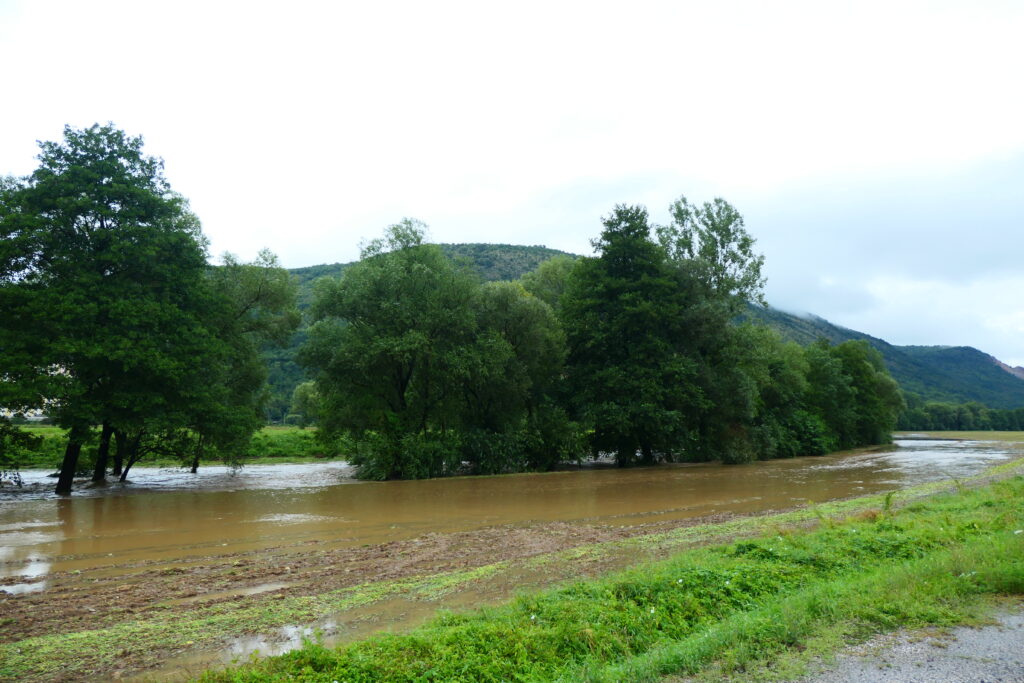
Lučatín
Lučatín is a small village in north central Slovakia, typical of the area. The people in the village are super friendly, and despite speaking no English at all, went out of their way to help me with groceries 🙂
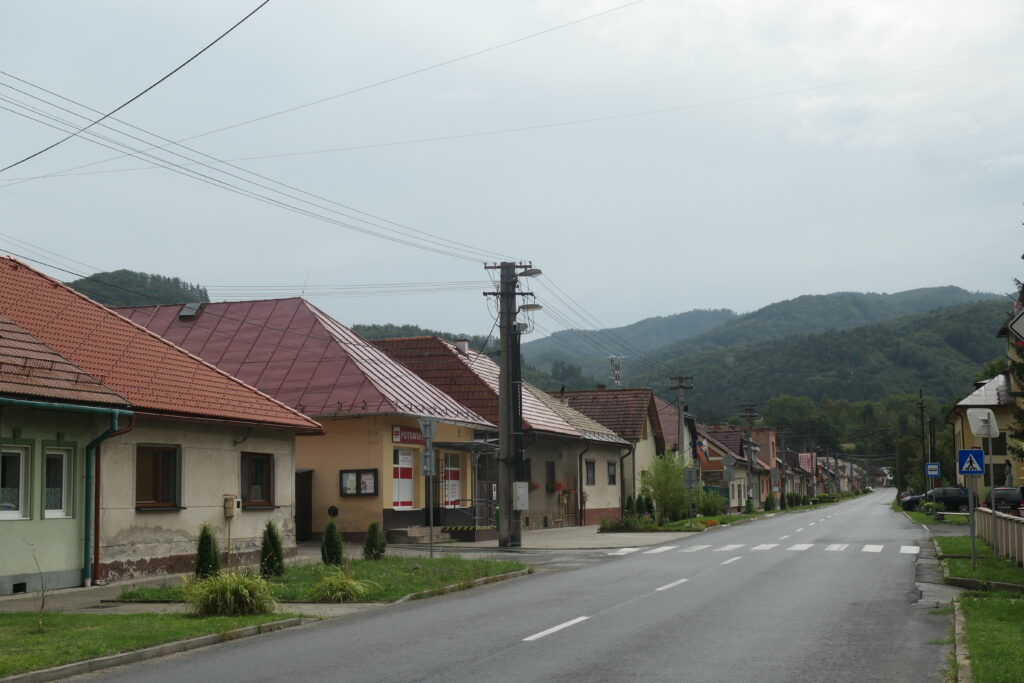
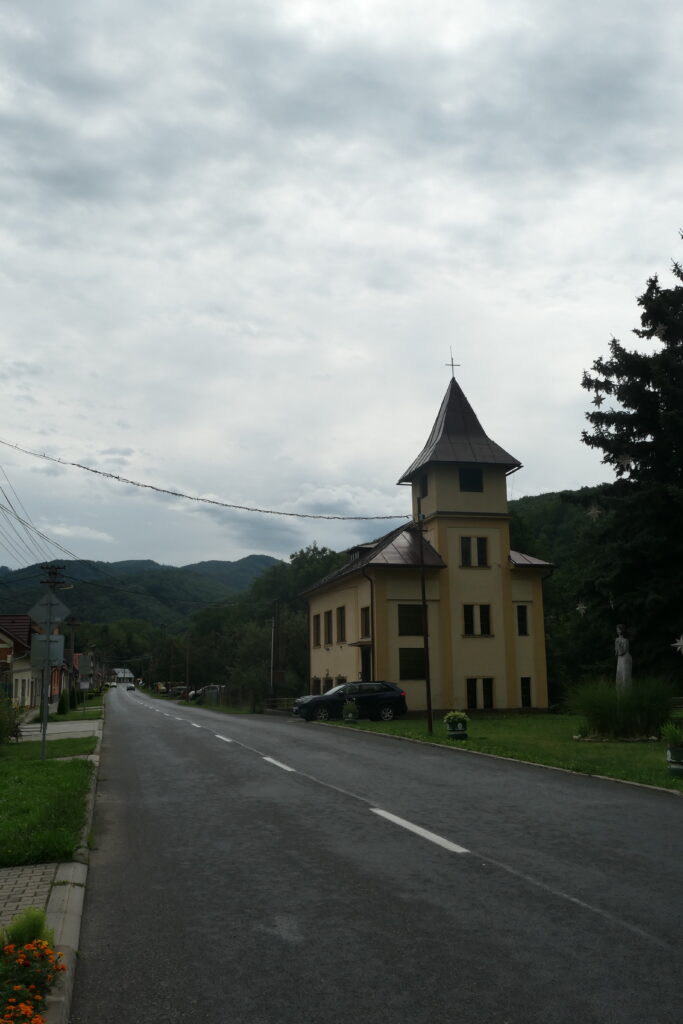
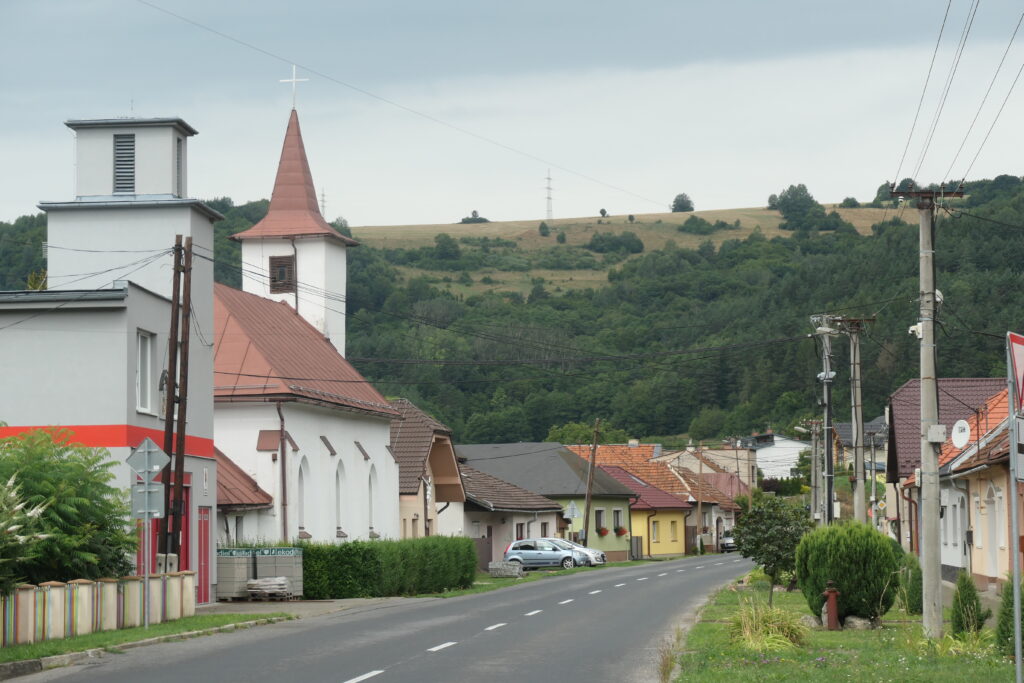
Lupca castle
Lupca castle is a stunning 13th century castle that dominates the whole area. It’s located above the village of Slovenská Ľupča in central Slovakia.
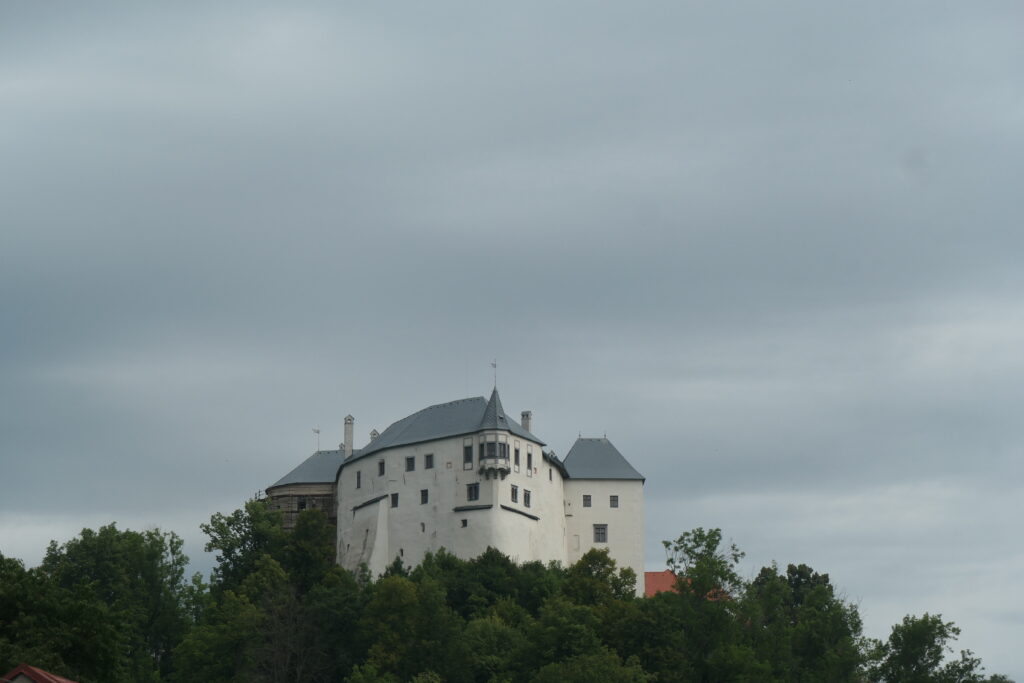

Strba
Strba is located in between the Tatra mountains and the Low Tatras (see above), in the Podtatranská kotlina or Sub-Tatra basin. The beautiful Tatra mountains dominate the whole area and are always impressive. We climbed them in Poland, and if the weather had been better, we may have climbed them again (see our Poland blog). There are lots of hiking trails throughout the mountains, ranging from very easy to extreme, to suit all tastes.

Spiš Castle
Spiš Castle is an amazing 12th century castle in north east Slovakia, in the town of Spišské Podhradie. It wouldn’t be out of place in Yorkshire, England!
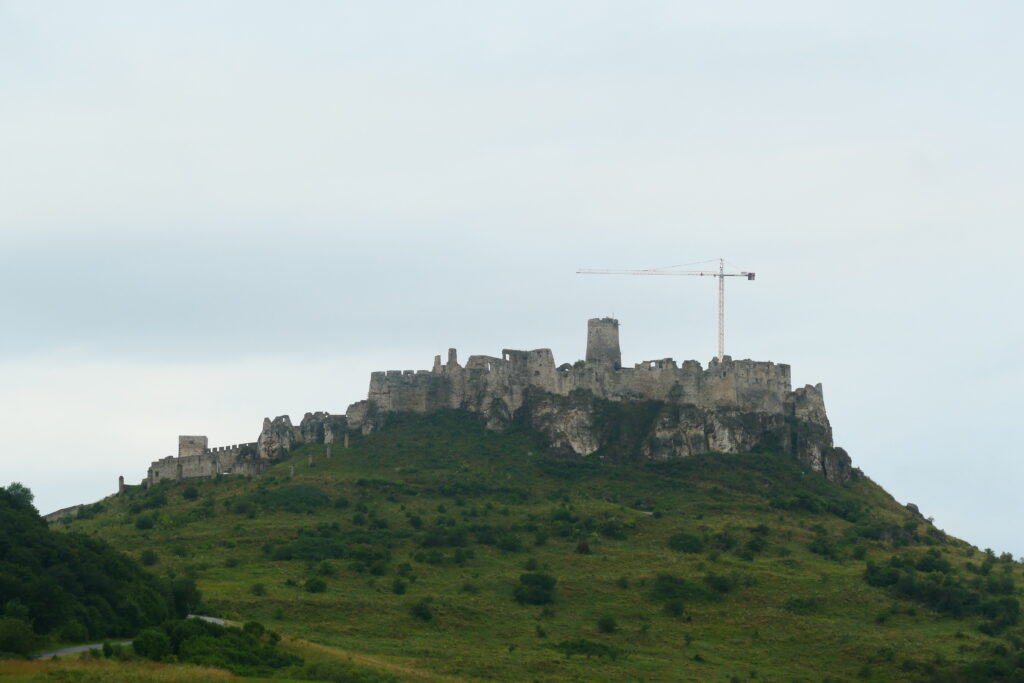

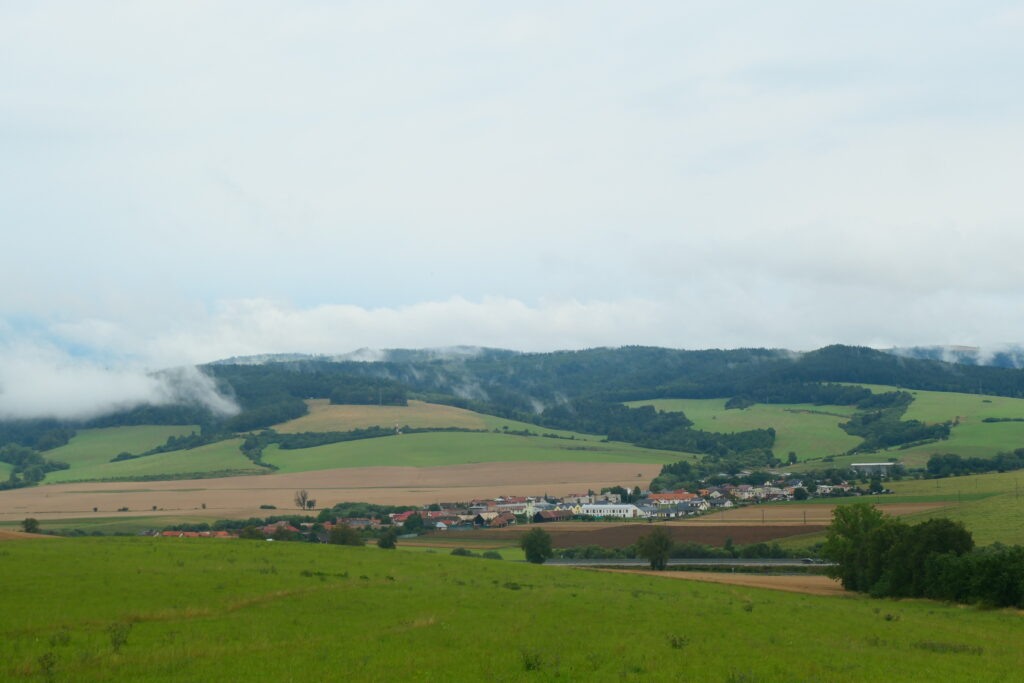

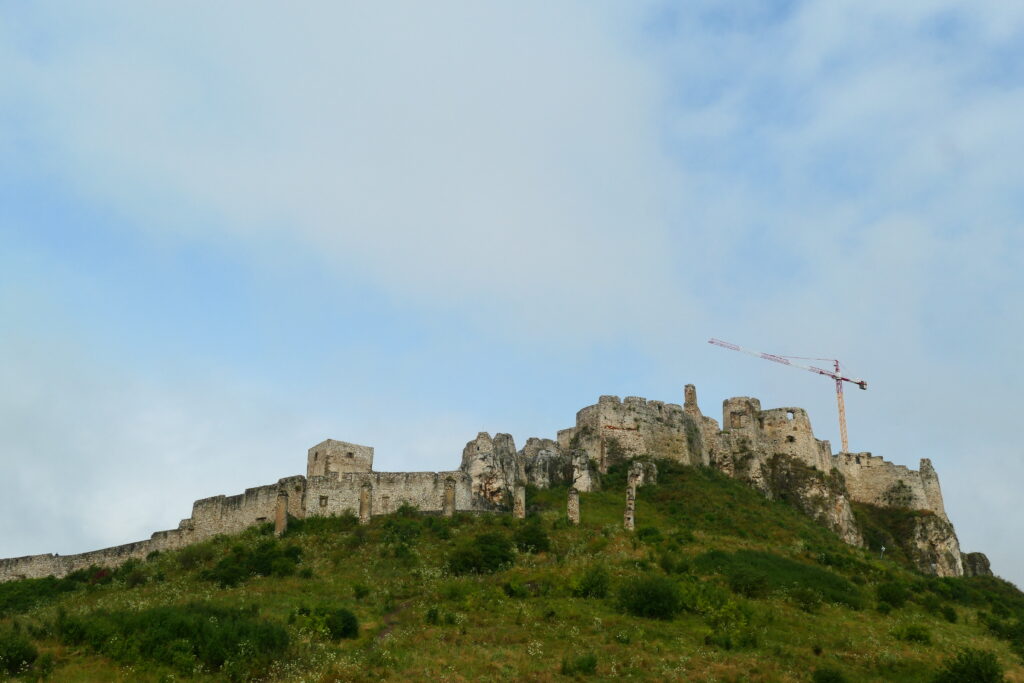
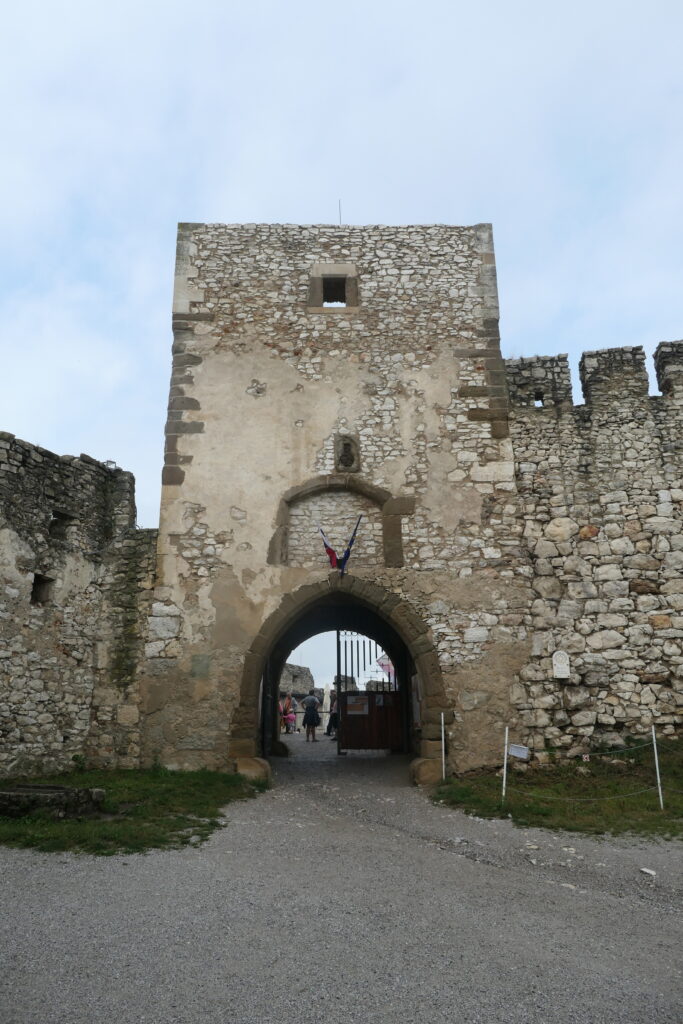

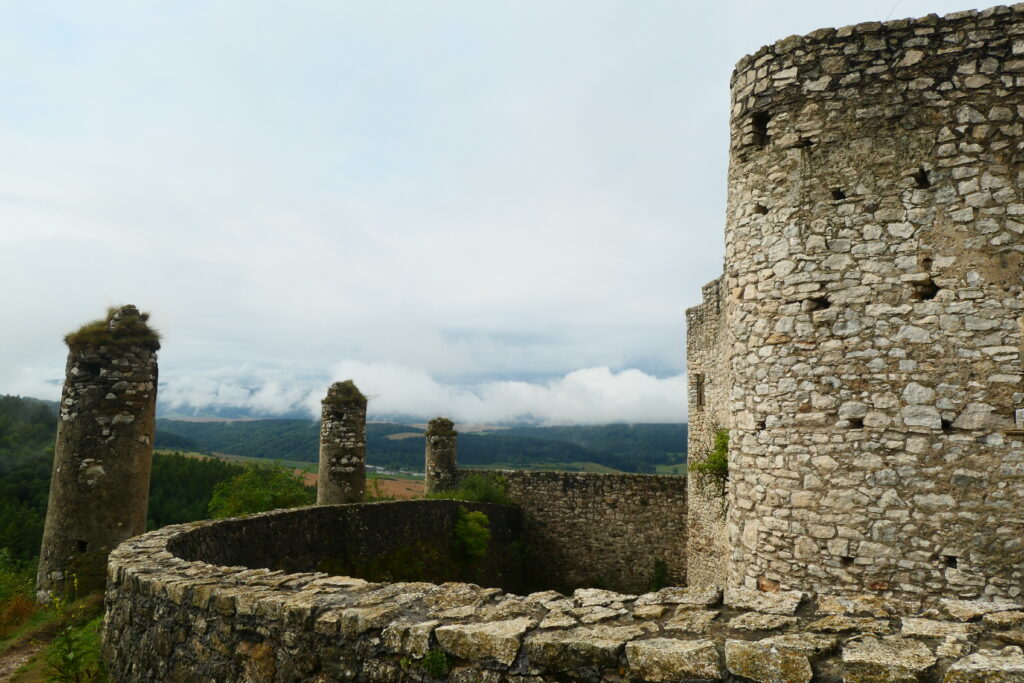
Lake Štrbské Pleso
Štrbské Pleso is a lake in the far north of Slovakia, at the foot of the Tatra mountains. Popular with tourists and locals alike, it’s surrounded by hotels, restaurants and cafés, and used as a base for those visiting the Tatras.

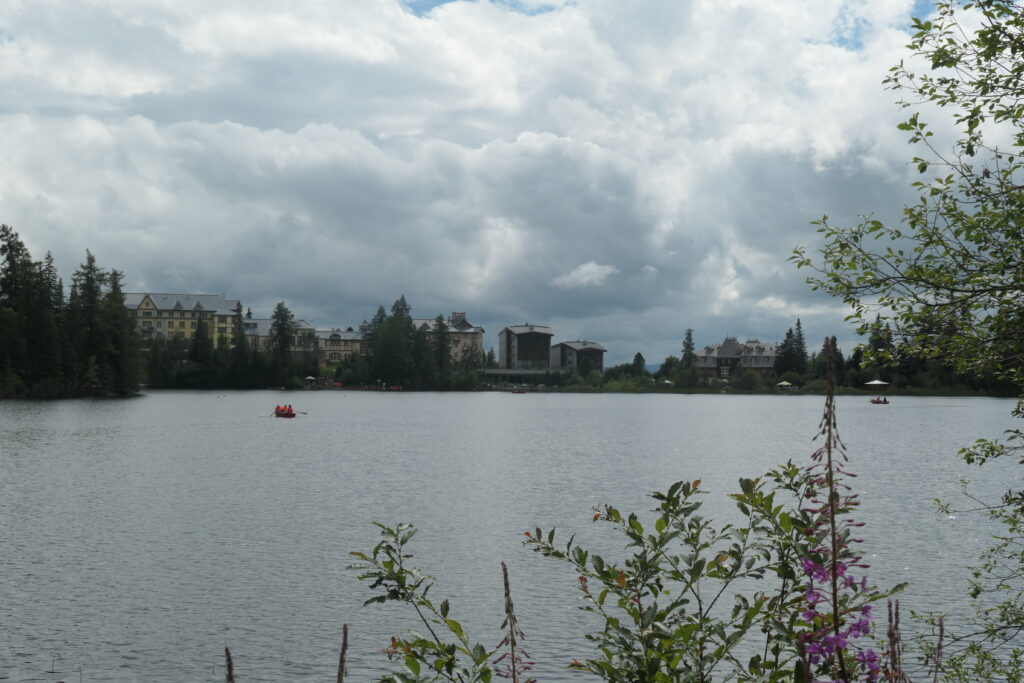
Tatra National Park
Tatra National Park is located in the far north of Slovakia, on the border with Poland. They are absolutely stunning, and because they’re separated from the Low Tatras by the Podtatranská kotlina or Sub-Tatra basin, they can be seen from a very long way off, providing excellent views across the whole of the north of Slovakia.
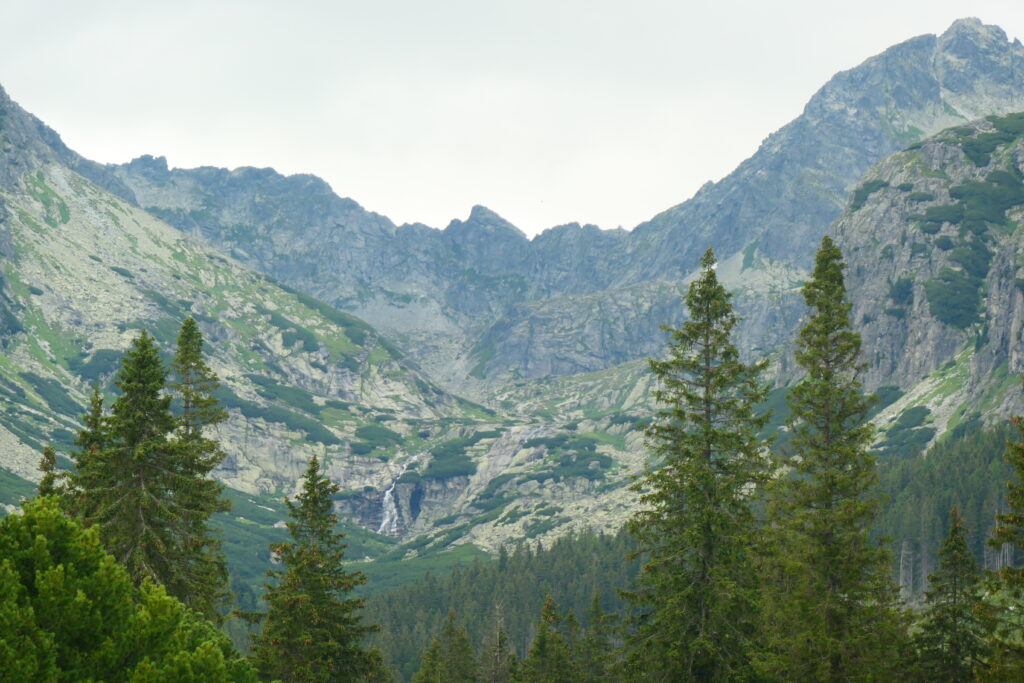
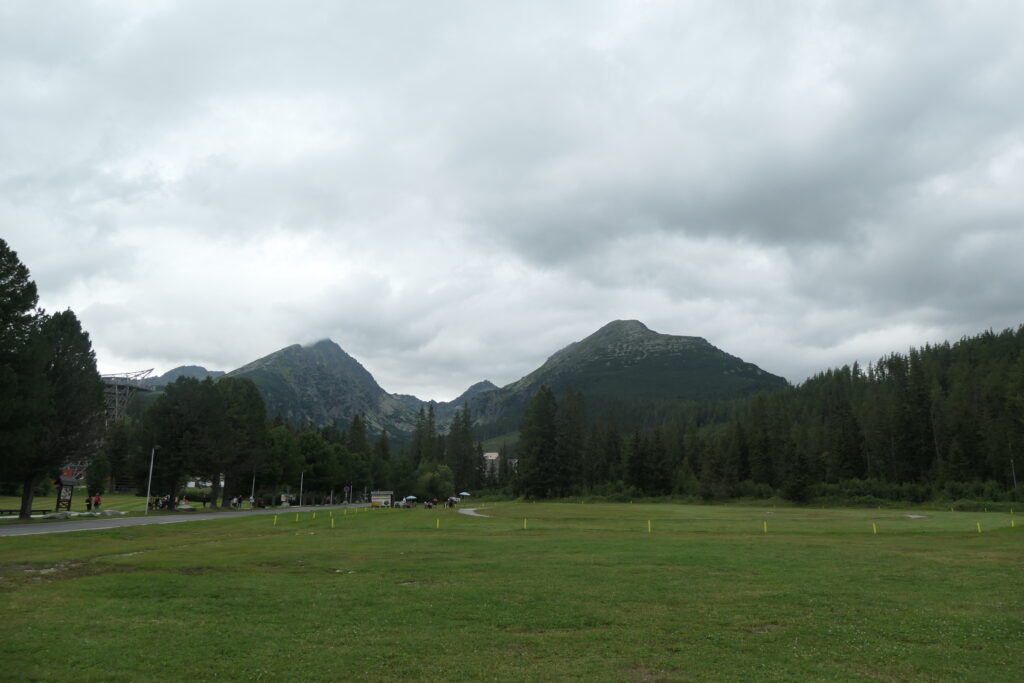
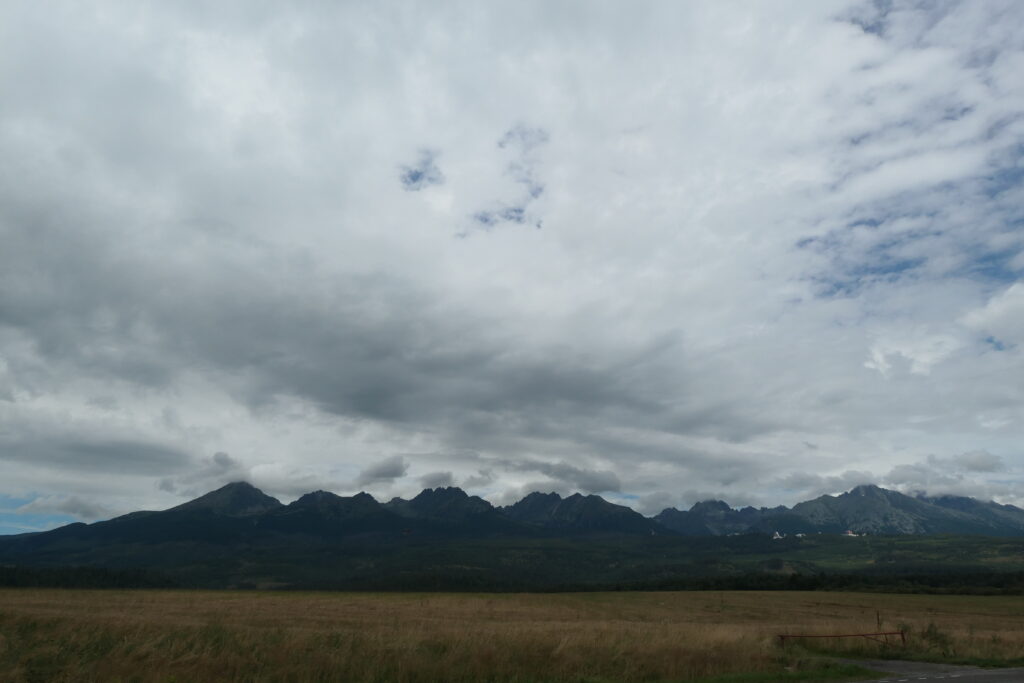

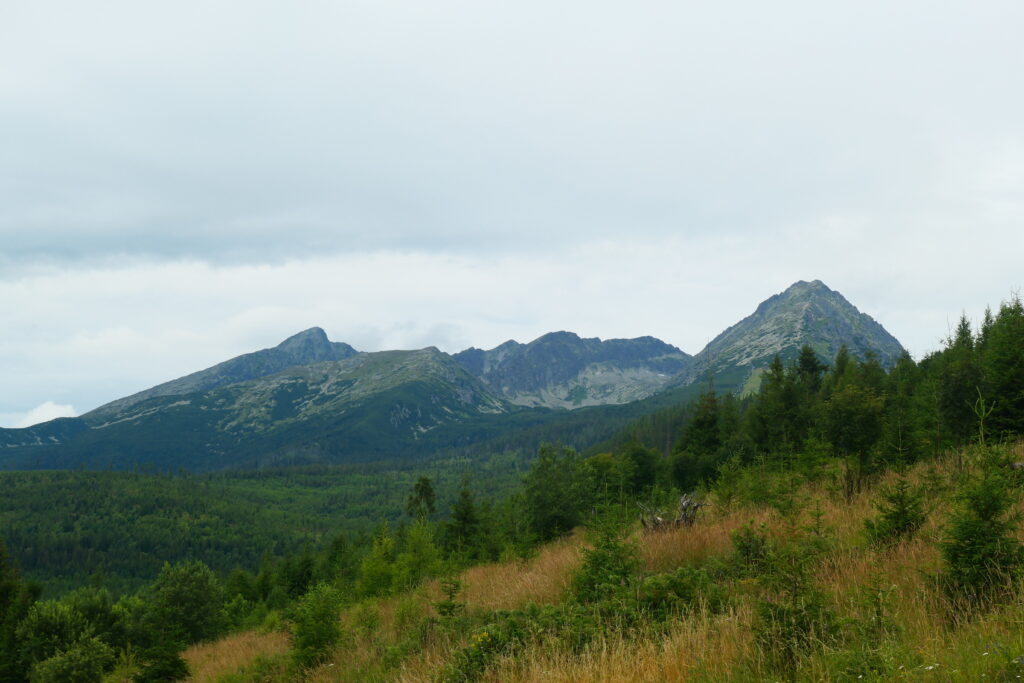
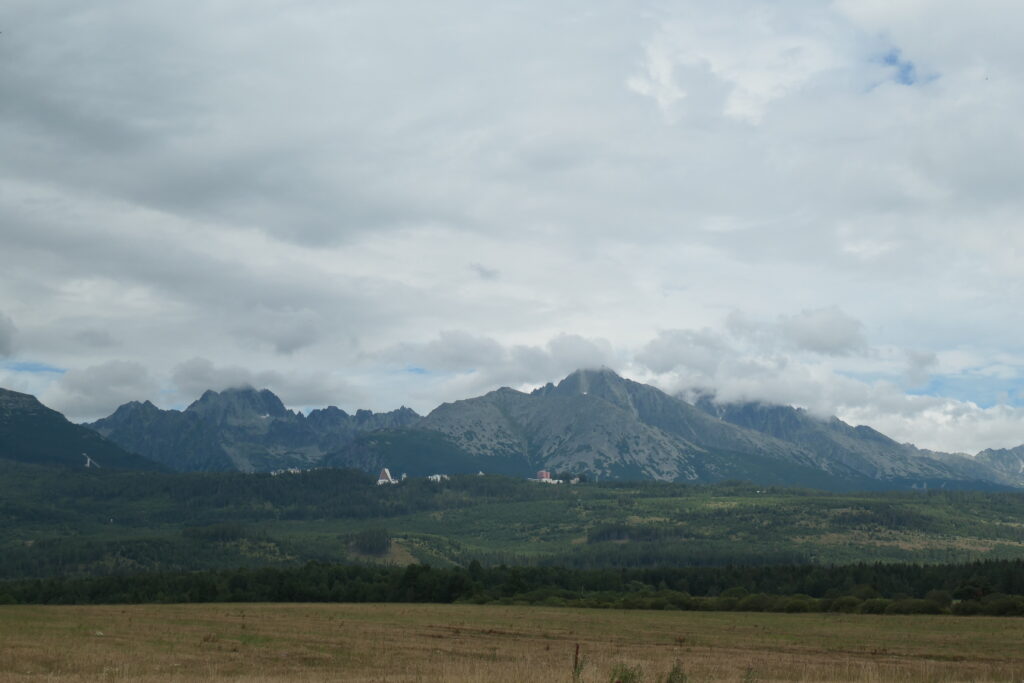
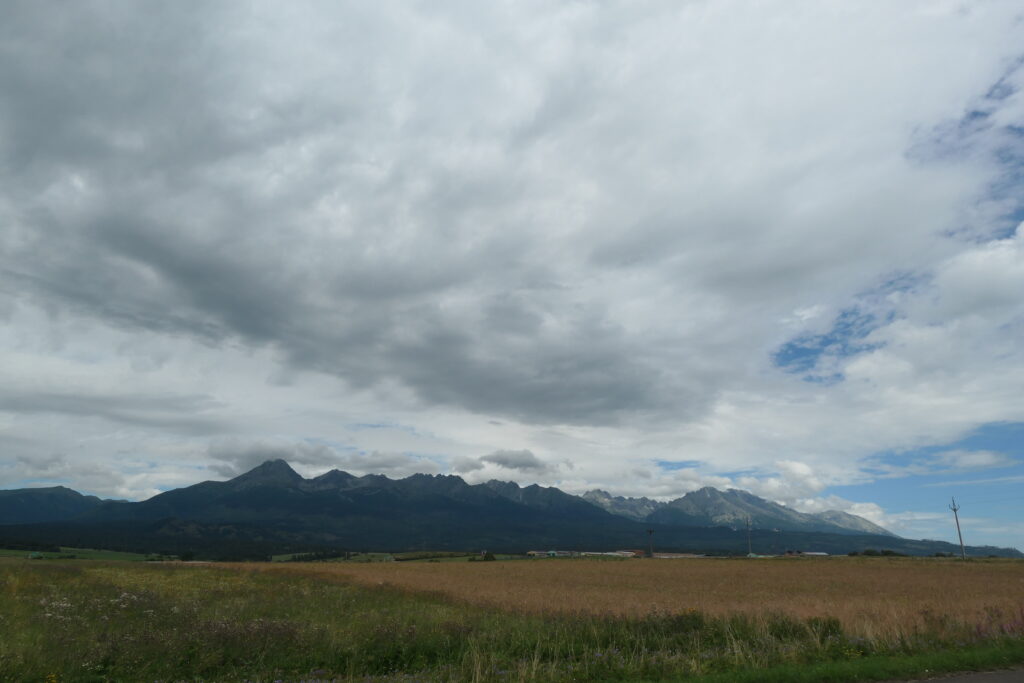
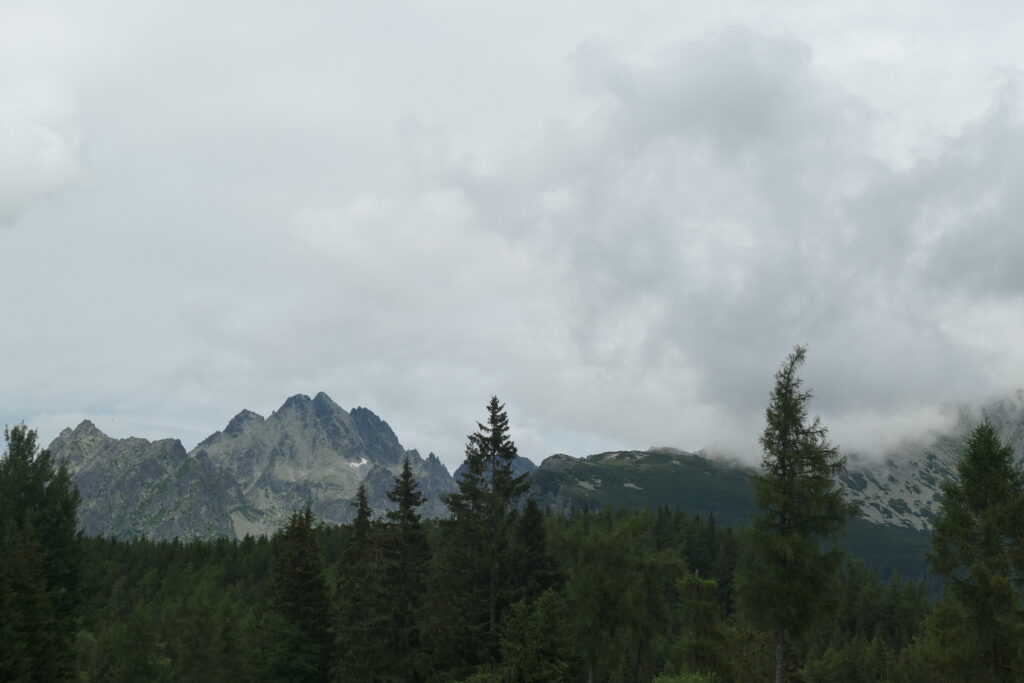
What’s it like to drive in Slovakia?
Driving in Slovakia is not a laid back ordered affair like it is in Czechia. Slovaks are much more aggressive in their driving – not as crazy as the Latvians, Serbians or Romanians, but impatient enough to take risks on blind corners.
Partly this is because many of the roads are mountainous and twist back and forth. This makes it very difficult for larger vehicles to travel at speed. Partly it’s because there are people like us driving near the speed limits (which are only 30mph and 60mph) but admiring the views and not travelling directly to work at speed!
Driving conditions

In Slovakia, they also let you drive on unmade roads and roads that are currently under construction, which can be interesting! Often there are sheer drops off the sides of mountains, with nothing to stop you but a randomly placed traffic cone!
Do you require an international driving permit in Slovakia?
We’ve created a dedicated page to driving abroad, which answers this question, and more, which you might find helpful.
Can you use your UK driving license when driving through Slovakia?
We’ve created a dedicated page to driving abroad, which answers this question, and more, which you might find helpful.
Do I need a carnet de passages to drive in Slovakia?
We’ve created a dedicated page to driving abroad, which answers this question, and more, which you might find helpful.
Speed limits in Slovakia
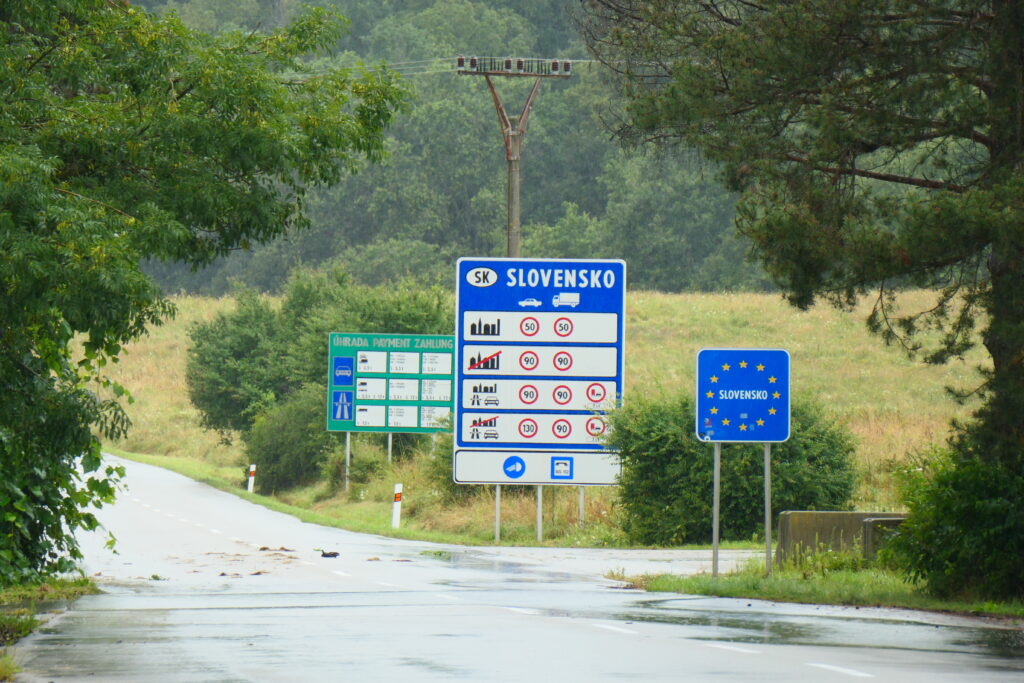
As with almost everywhere in Europe they drive on the right hand side of the road in Slovakia.
The speed limits for cars in Slovakia are:
- 30mph (50 km/h) for urban driving
- 55 mph (90 km/h) outside of built up areas
- 55 mph (90 km/h) on dual carriageways
- 80mph (130 km/h) on motorways
What currency do they use in Slovakia?
In Slovakia they use the Euro. The use of credit / debit cards is now widespread, although not guaranteed – have some cash just in case, particularly in café’s and restaurants. Traveller’s cheques are not generally accepted. There are lots of ATMs.
You should make yourself aware of the amount that your bank charges you for using credit and debit cards abroad. Often credit cards are cheaper for purchasing items directly, and for withdrawing cash from ATMs.
What language do they speak in Slovakia?
They speak Slovak in Slovakia, although many also speak Hungarian, Russian and Czech. English is understood mainly in tourist areas.
What time zone is Slovakia in?
Remember, when you’re planning your next trip to take a look at what time zone it’s in.
Do I need a visa to visit Slovakia?
We’ve created a dedicated, more comprehensive page on visas, which you should find helpful. Check it out!
Is wild camping legal in Slovakia?
Yes, wild camping is fine in Slovakia, although you should avoid national parks and natural reserves.
What plug / socket type do they use in Slovakia?

In Slovakia they use plug / socket type E.
Health issues in Slovakia
Is it safe to drink water in Slovakia?
Yes, it is safe to drink tap water in Slovakia. Bottled water is also readily available across the country.
What vaccinations are required for Slovakia?
This NHS website is kept up to date with all relevant information on vaccinations in Slovakia.
Phones in Slovakia
What is the country calling code for Slovakia?
The country calling code for Slovakia is +421
What are the emergency phone numbers in Slovakia?
- The emergency number for police in Slovakia is: 158
- In Slovakia, the emergency number for ambulance is: 155
- The emergency number for fire in Slovakia is: 150
If you’ve got some useful info that you’d like to share, let us know!
Don’t forget to check out all the other pictures!
